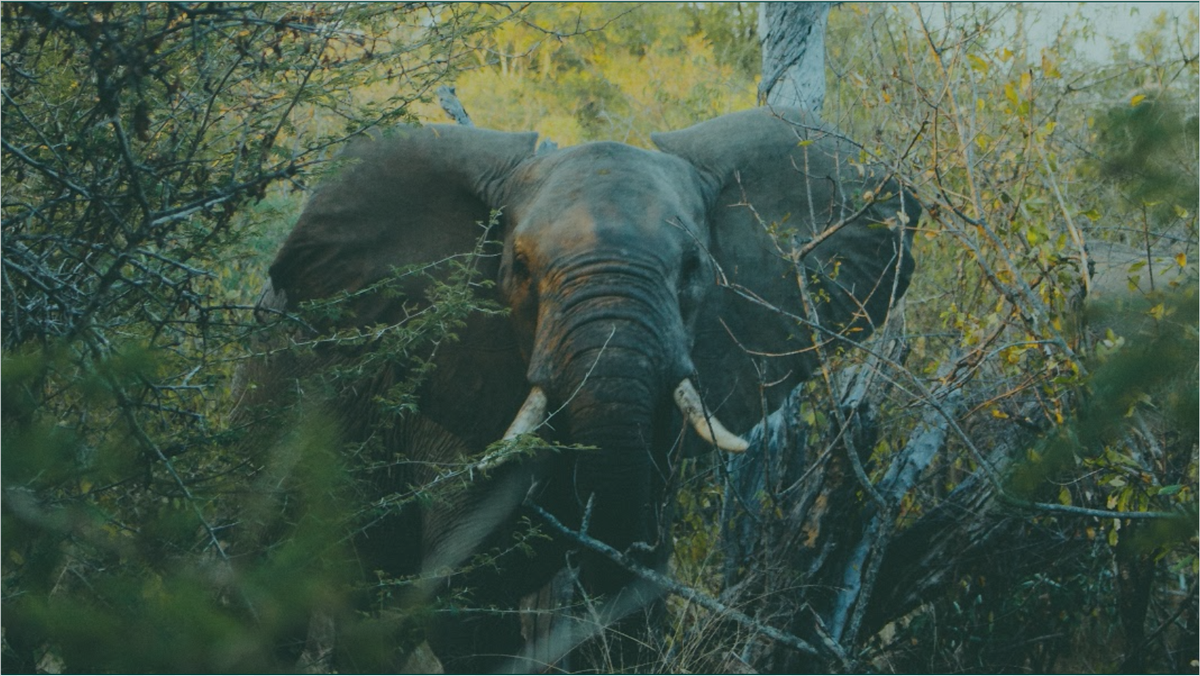A 16 Year Journey in Mindfulness
If you are into meditation and mindfulness, welcome to my journey. I’ll use those terms interchangeably in this post. I refer to a few special techniques but do not explain them — those rabbit holes are for you to explore.

If you are into meditation and mindfulness, welcome to my journey. I’ll use those terms interchangeably in this post. I refer to a few special techniques but do not explain them — those rabbit holes are for you to explore.
Around 2003, I discovered the book Zen of Listening, which remains to this day in my top five list to anyone who asks for a mindfulness or management book recommendation. I began attempting to meditate immediately with some of the ideas in the book. And like all new meditators, I struggled. The Zen of Listening led me to Thich Nhat Hanh’s The Miracle of Mindfulness, from which still to this day I remember a salient excerpt: “Wash the dishes just to wash the dishes,” basically a reference for just be there, now (and get ’em clean!).
In 2007, I was introduced to Nancy Cooke de Herrera. She was in her 80s living in a house just behind the Beverly Hills Hotel. She had studied with and worked with the Maharishi Mahesh Yogi in the 1960s, hung out with The Beatles on their zen journey, and traveled the world sharing Transcendental Meditation (TM) as an especially influential figure in bringing it to the West. 2007 was a time when she was in high demand as many of the big music and film artists and entrepreneurs went to her for these teachings. It’s really funny to hear stories from Nancy about Madonna, Diddy, and members of Motley Crue. I sat with her for only three sessions (that is all she would allow). She taught me TM, 20 minutes in the morning, 20 minutes in the evening. There were many takeaways but one was simply profound. I was frustrated wondering if I was doing the meditation correctly (very common frustration for many) and asked her for advice. She said, “Don’t worry about whether you’re doing it right, just do it. It is not about the meditation, it is about the rest of your life.” Whoa. For me, that was liberating.
“Don’t worry about whether you’re doing it right, just do it. It is not about the meditation, it is about the rest of your life.”
When I heard that, it made a lot of sense, and my interpretation was that meditation is about having a discipline, having a practice. It was about showing up. Because if you can show up on something as “simple” (sounds easier said than done) as being still for 20 minutes in the morning and 20 minutes in the evening, then you’d be able to ground yourself in all kinds of other much more challenging situations. Since 2007 I’ve done a decent job with morning meditations but like other humans, sometimes I get off track and miss a week or two at a time. TM has been powerful, even if only through morning meditations.
In 2016, I started using Headspace, which borrows from TM techniques and makes mediation more accessible with tools though an app on your phone. Upon first hearing about it, spiritual-me thought using an app would be silly (ohh the oxymoron). But it grew on me. Headspace is wildly addicting and founder Andy Puddicombe’s voice should be eligible for a Peace Prize. Headspace was great to meditate to while driving my work commute, eyes open of course! It was much more productive and integrative to quiet the mind while driving rather than listening to radio or podcasts or overthinking the past or the future. An intentional mindfulness break on the way to or from work was powerful medicine!
This past weekend I sat in a workshop with Dr. Daniel Siegel, the author of AWARE and something called The Wheel of Awareness, which is a culmination of his 30+ years of work. Daniel is a board-certified medical doctor and psychiatrist. He does not promote spirituality (nor against it). He is a scientist. In my opinion, the best way to describe The Wheel of Awareness is that it is a science-leaning construct for the process of integration and benefits of a mindfulness/meditation practice. For those that are less spiritual and seeking a more logical explanation in a scientific context, then this is for you.
Personally, being a person who straddles both spiritual and science teachings, I found The Wheel to be compelling, and to be a promising new addition to my own practice evolution. To put structure, words, and metaphors systematically around mindfulness, actually to use words to guide the range of the practice, is a powerful tool for integration of mind, body, and soul.

For me, these evolutions have been exciting. As good as the benefits are, mindfulness and mediation are not yet mainstream in the West, maybe because no one can own it and sell you refills. It’s not supported by billion-dollar marketing campaigns. In fact, success with mindfulness is a direct threat to our “pill culture.” Mindfulness practice is a daily discipline and the benefits are initially subtle, but long-term very deep. Yet sometimes we go for the easy fix we can feel in a few minutes, thats both temporary and only deepens the human dis-integration.
Whether you check out the books I mentioned, try out Nancy’s approach, go deeper with TM, Headspace, or AWARE, it doesn’t really matter which I liked best, I encourage you to explore and to find the one that is right for you right now, that allows you to find some peace and feel your power.
For me right now I’ll be going deeper in the rabbit hole with Dan’s Wheel, and channeling some Elephant Power.
Peace and love. xox
